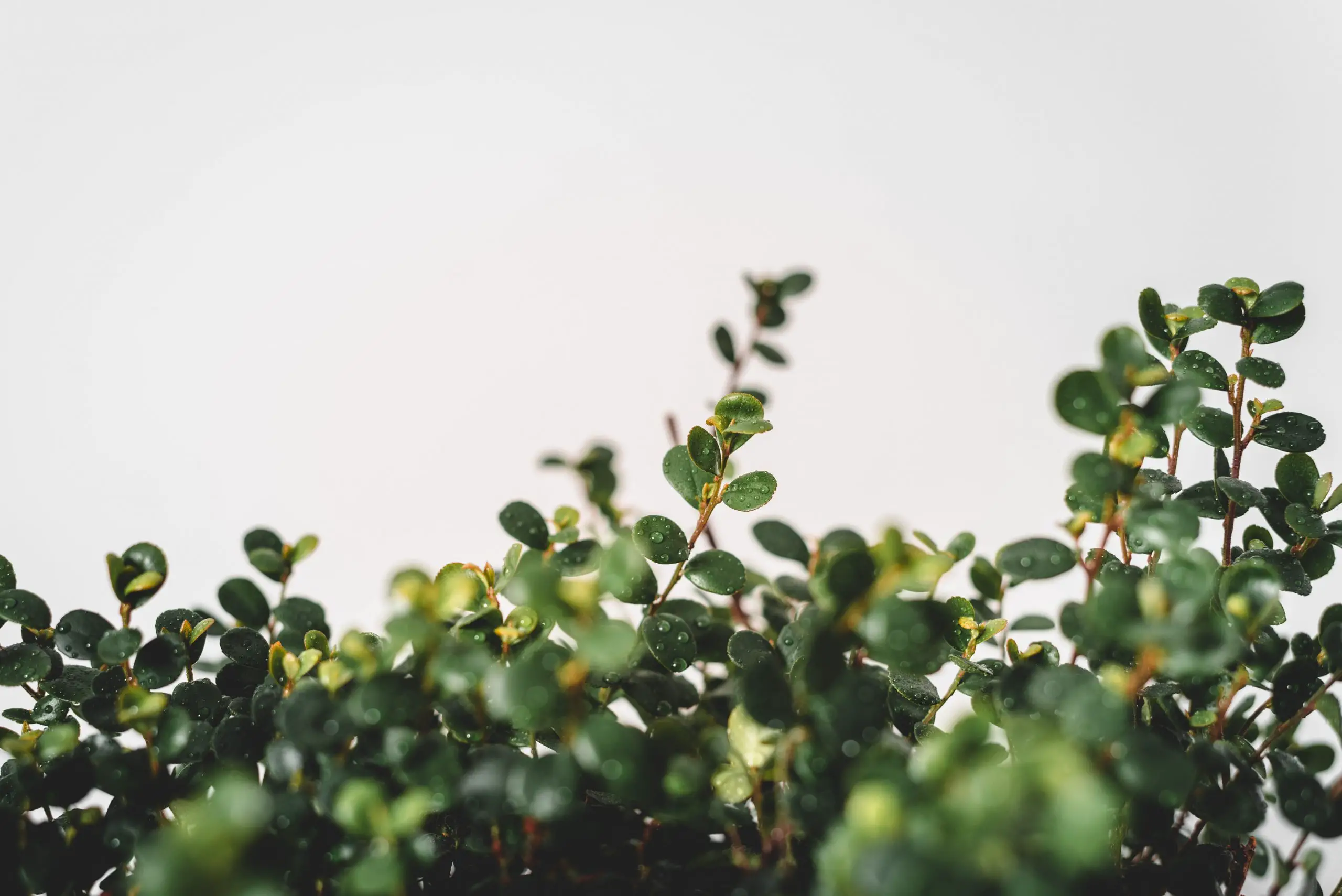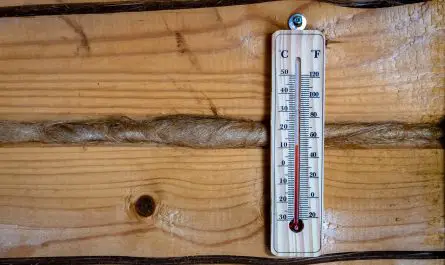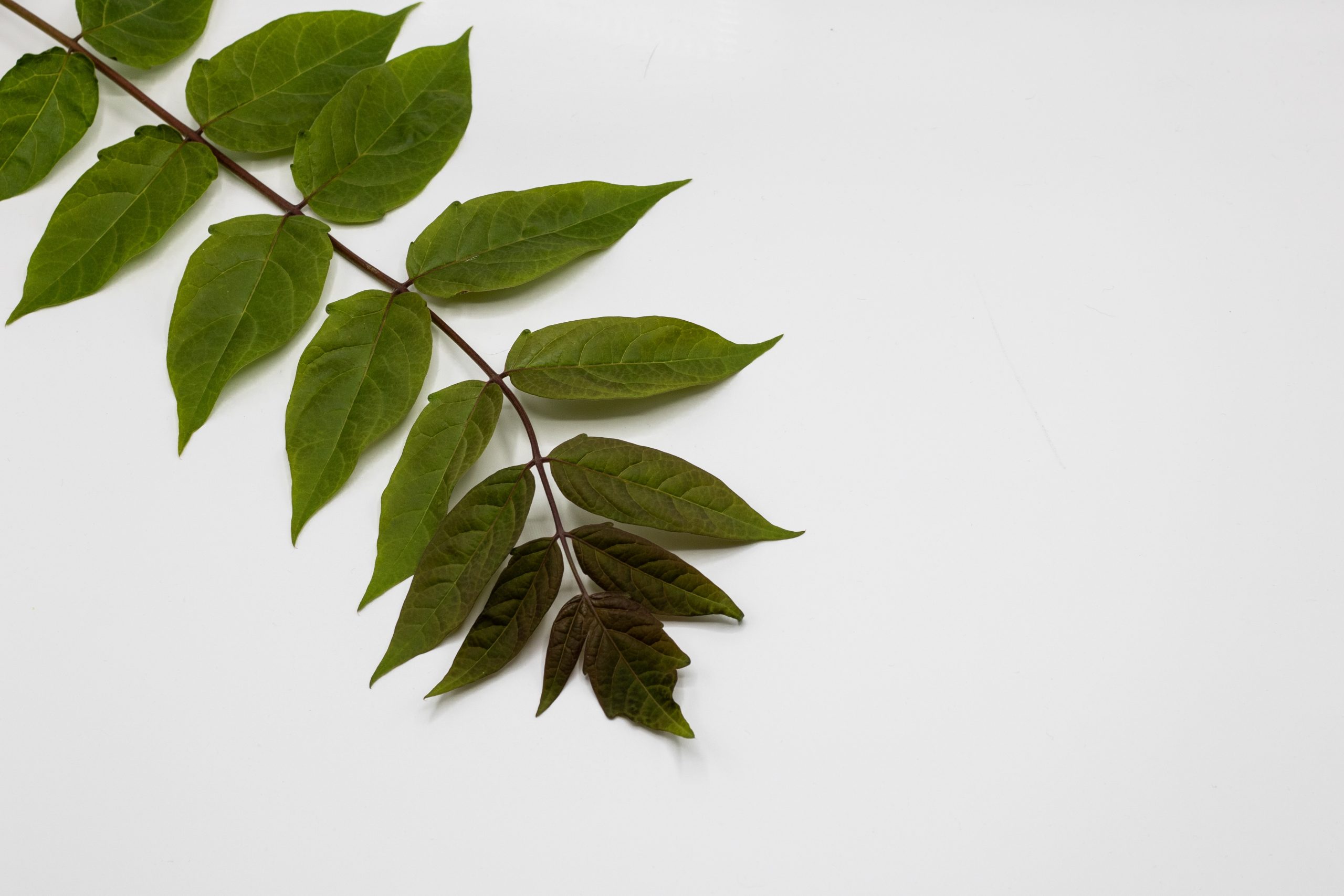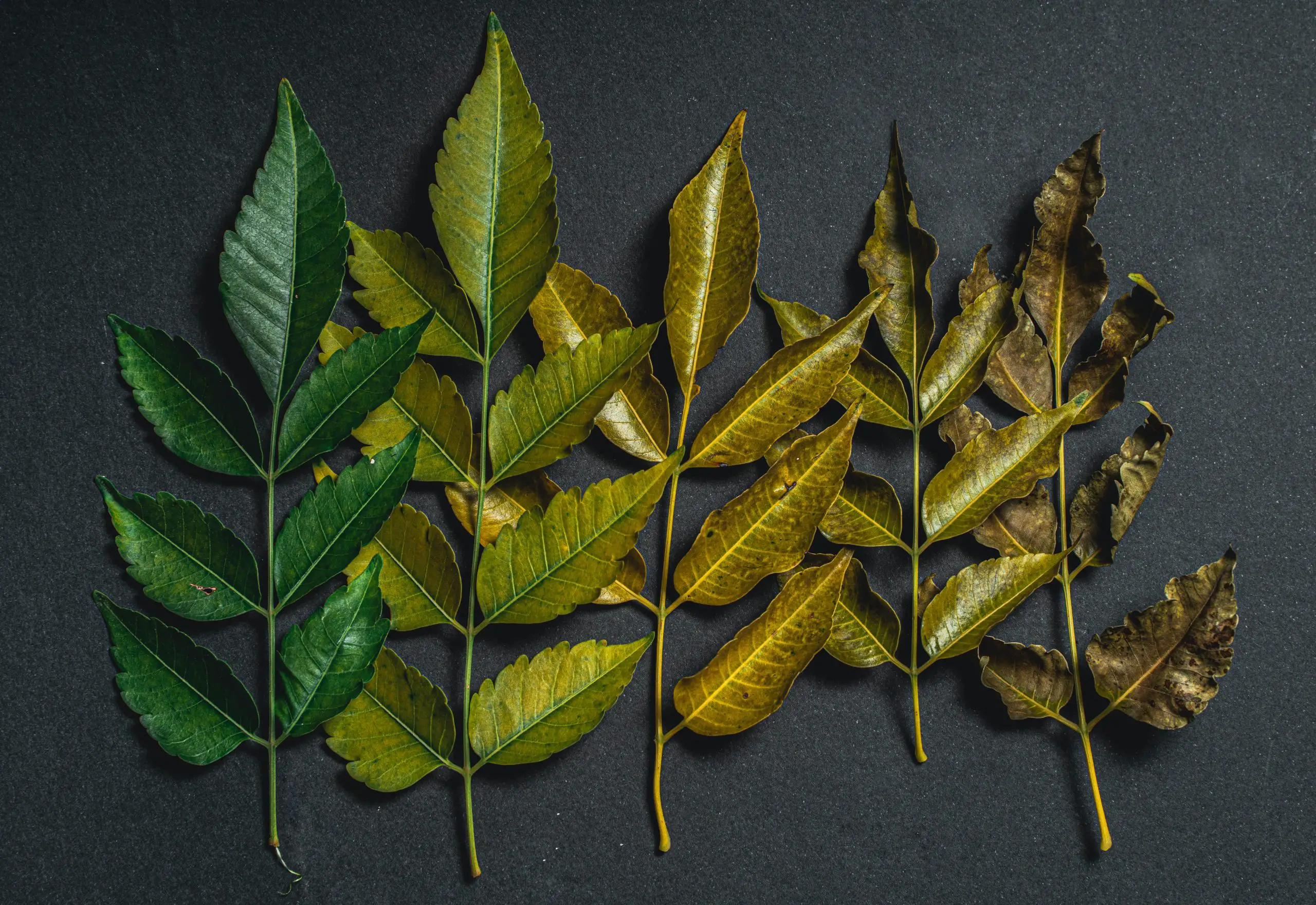The ficus pumila is a tropical climbing plant that is used to decorate the wall of your interior whether in an office or in a room in your home. This plant of tropical Asian origin requires certain maintenance in order to flourish and hope to live for twenty years. one day you may want to multiply your plant. the technique which allows this remains the cutting until now. however, not everyone is necessarily an expert in the field and does not have a green thumb. To this end, he deserves to know the adequate method to give life to a second plant that is the young shoot of ficus pumila.
To succeed with the cutting technique, you will need to have prerequisites and follow the steps well. It will also be necessary to select branches which will be able to give roots. cutting is a technique of extending the life of your ficus pumila by giving birth to other young shoots. the appropriate techniques for this species are the choked cutting and the water cutting. Here are the steps to follow to successfully cut your ficus pumila.
Steps to follow to cut your ficus pumila
For this kind of creeping plant, it is not always easy to know the best practice for multiplying it through the cutting technique. However, by following the steps and all the conditions required by the young plant, it could be easy for you. Here are a few points of the steps to follow for a successful ficus pumila cutting.
1. Preparation
It is still useful to mention that the cutting of the ficus pumila requires some tools, gloves to protect the hands against the toxic white substance during the sampling, a pruner to cut a stem, a jar or a glass container for the cuttings. with water and a pot filled with special green indoor plant soil for the cuttings with a roller. Regarding the last technique which is none other than the stewed cutting, you will need a plastic bag, a pot, sand and peat.
2. The stifled cutting technique
The smothered cutting on your Ficus pumila consists of taking 15 cm of branches using pruning shears or garden shears. After that, remove all leaves except those on the tip of the branch. Then take a pot that you have previously filled with a mixture of potting soil and sand, insert your young branch into the soil and moisten with a little demineralized water.
3. The technique of water cuttings
If you choose this technique for your ficus pumila, you will need to fill your bowl with filtered water that is free from lime. Use rainwater if possible, it is less toxic and less dangerous for your young shoot. In said jar you will place a 20 cm stalk of ficus pumila that you had taken from the large ficus using a secateurs. However, be sure to remove any leaves on it while leaving the ones on the tip. In the bottom of the jar, put a piece of charcoal to prevent the roots of your new plant from rotting in the water. Finally, wait a few weeks, until the roots are large enough to be able to repot.
4. The technique of cutting outdoors
For this technique, it is sufficient to cut branches of about 10 cm using a sharp pair of scissors or pruning shears. It will be necessary to eliminate all the leaves on the lower part except those which are on the end. Then, it will suffice to plant the branches in the soil and wait for the roots to grow thanks to the rain. This technique could be considered in a region where the climate is mild and quite humid in winter.
Some tips to help you cut your ficus pumila
The ficus pumila can be cuttings in two ways, the water one and the smothered one. To succeed with these techniques, the steps and prerequisites must be respected. Another alternative is to plant the cutting directly in the potting soil outside. however, it should be given a minimum of shade so as not to risk drying out.
When cutting the rod, it is essential to avoid doing it by hand. This could cause irregular cuts which will hardly heal.
When repotting the young shoot of ficus pumila, make sure that the soil is suitable. Choose one that is specially designed for indoor green plants. For maintenance, don't forget to water it every week. However, always check that the soil is dry on the surface before doing so.
It will also need to be given all the conditions necessary for its growth and health, good humidity, good light and an environment with an average temperature of 20 ° C.




